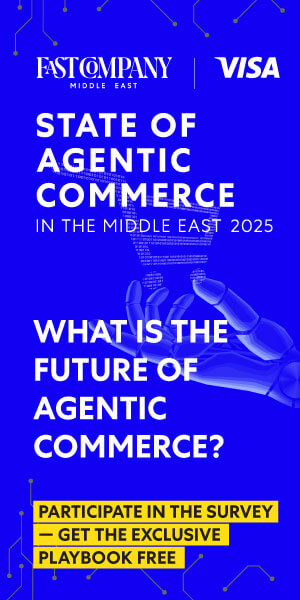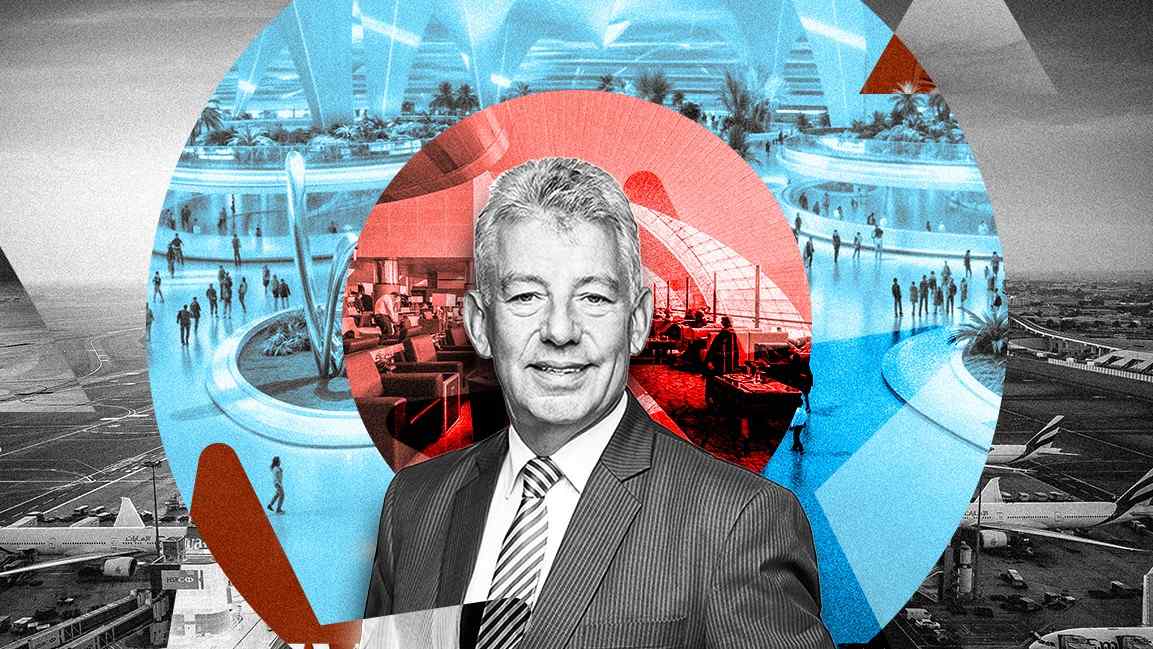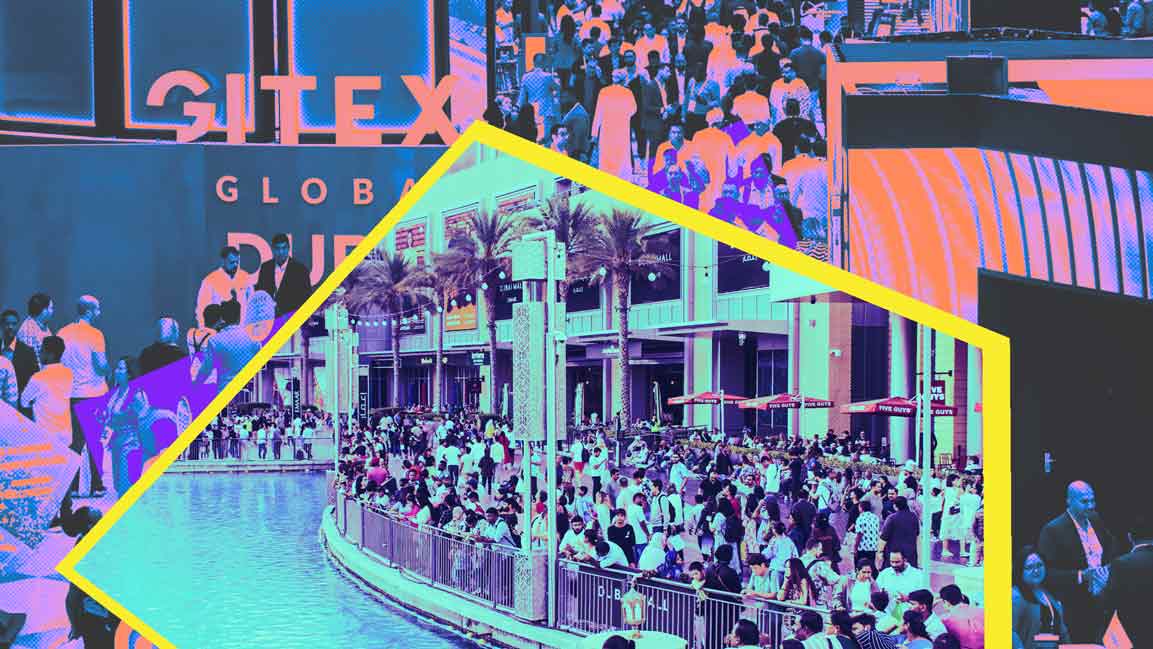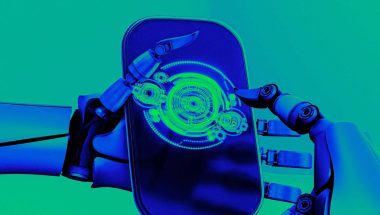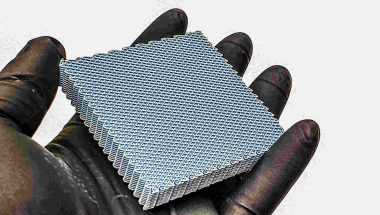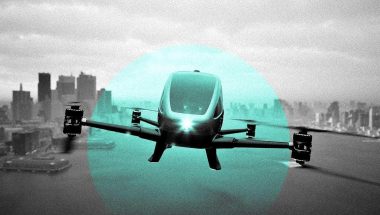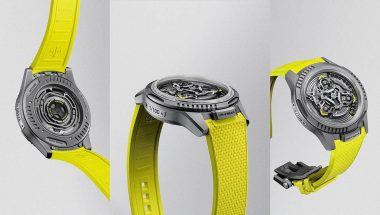- | 9:00 am
Can the Middle East build a trillion-dollar consumer health market?
Longevity’s growth hinges on AI, regulation, insurance, and consumer education, shaping the future of health
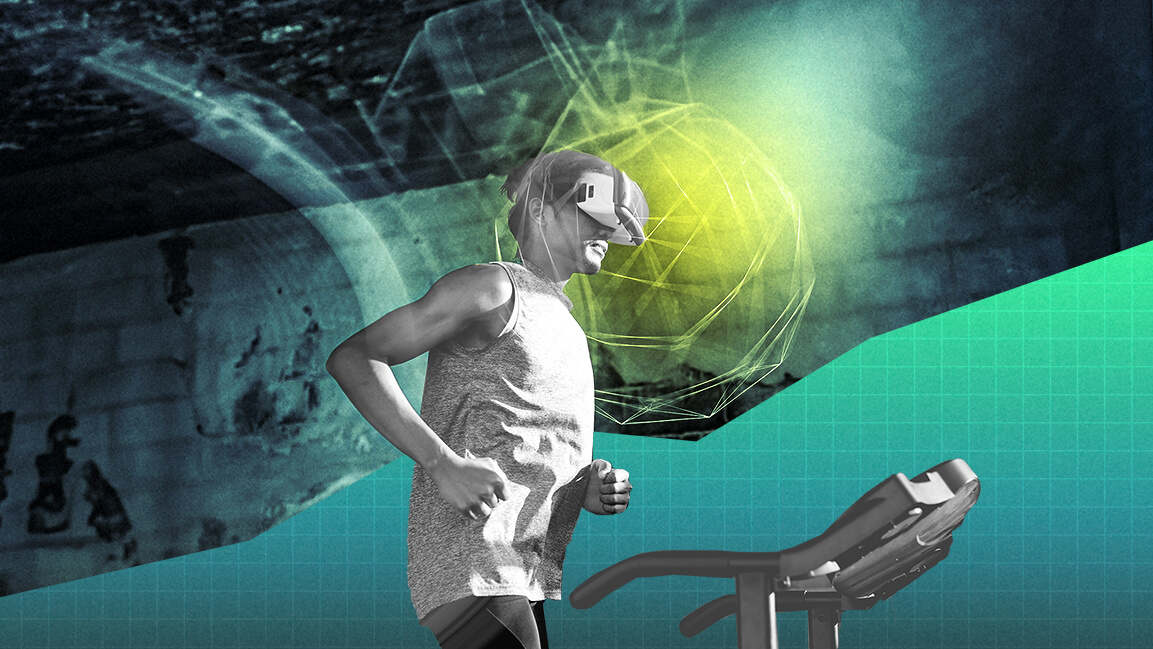
If it keeps you alive, makes you healthier, or adds a little joy to your day, chances are it’s fueling a trillion-dollar industry. And Let’s be honest—feeling good has never been bigger business. From longevity hacks to mental wellness, people are spending more than ever to optimize every part of their body.
REDEFINING WELLNESS
The Middle East is rapidly emerging as a key market for longevity, mirroring global trends but with unique regional drivers. The high prevalence of metabolic disorders—such as diabetes and obesity—has heightened the demand for preventative, science-backed interventions.
Strong government-led healthcare initiatives, especially in countries like the UAE and Saudi Arabia, integrate preventative medicine, digital health, and AI-driven healthcare into national frameworks, making longevity an individual pursuit and a structural transformation in healthcare.
She says, “From a professional standpoint, it’s fascinating to be part of a region where longevity is not just about luxury treatments but also about clinically validated solutions that can have a measurable impact on health span.”
This shift is redefining the wellness economy in the Middle East, where longevity adds years to life while improving quality of life. One of the fastest-growing sectors driving this transformation is recovery.
Recovery isn’t just about physical recovery—it’s a multi-billion-dollar industry redefining how we approach performance, longevity, and mental well-being. As our understanding of stress, burnout, and overall health evolves, recovery is now for everyone looking to optimize energy, focus, and resilience.
Nick Blair, Founder of Kula Recovery, believes the “recovery” industry is far bigger than the fitness industry. He says, “It’s your hardworking mum who wants to recover from a hectic week. It’s your busy sales director who feels sluggish on a Tuesday morning and wants to boost his endorphins by jumping into a cold plunge.”
He notes that consumers increasingly use search filters for ice baths and saunas when booking hotels, prioritizing wellness and longevity. Travelers are opting for hotels that recognize this shift, valuing healthy food options and recovery tools that promote better sleep over amenities. The focus is moving toward health and a more energetic lifestyle.
This same growing focus on well-being is playing out in the beauty industry, where AI and AR technologies shift the narrative from product-centric to service-driven experiences.
“We’re seeing some truly exciting developments that are adding real value,” says Alice H. Chang, CEO of Perfect Corp.
For example, AI-powered skin analysis tools are helping consumers understand their skin better than ever, leading to more informed product choices. AR makeup tutorials democratize beauty education, making expert techniques accessible to everyone. These advancements create more engaging and personalized experiences, empowering consumers to explore and discover what works best for them.
However, she highlights, “Whether this translates to a complete shift to a service-centric industry is an interesting question.”
What’s undeniable is that these technologies are creating a win-win situation.
Brands see tangible benefits, such as improved conversion rates and increased customer engagement. In turn, consumers enjoy a more personalized and informative shopping experience, leading to greater satisfaction.
PERSONALIZATION
Longevity is shifting from an exclusive niche to a consumer-driven healthcare movement. While high-net-worth individuals were the early adopters—seeking advanced therapies like stem cell treatments, biological age testing, and precision medicine—longevity is now becoming more accessible due to advancements in wearable health tech, personalized nutrition, and metabolic monitoring.
The key shift is the move from reactive healthcare to proactive health optimization, says Demircan.
Technologies like continuous glucose monitors (CGMs), circadian rhythm tracking, and metabolic wearables make longevity insights available to a broader audience. At the same time, consumer education is improving, with more people understanding that longevity isn’t just about anti-aging treatments—it’s about structuring lifestyle, nutrition, and medical interventions to enhance long-term resilience.
Still, there’s a huge knowledge gap, she highlights.
Many assume longevity is about a single pill or device when it requires a structured, personalized approach to metabolic health, diet, exercise, and lifestyle.
This misconception also extends to recovery, where many people don’t fully appreciate its critical role in achieving optimal health and longevity. As awareness grows, educating markets on the broader aspects of recovery will become increasingly important.
One key area for innovation is in technologies that help people integrate recovery practices into their routines. Blair believes educating people about the benefits of ice baths is a big opportunity. He says, “New tech we are building will help, such as our app, which tells you when to recover and take an ice bath or sauna and for how long.”
With AI-driven personalization becoming a major trend, beauty brands are in a prime position to leverage this technology to boost consumer engagement and sales. Chang says, “Consumers today expect bespoke experiences. Beauty brands can leverage this by using AI to analyze individual customer data – skin tone, type, and concerns to offer highly personalized product recommendations.”
THE OPPORTUNITY
The investment landscape for beauty-tech integrating AI and AR is undoubtedly dynamic, adds Chang. She says, “We’re seeing a lot of interest in this space, and it’s clear that there’s a growing recognition of the transformative potential of these technologies. There has been a marked uptick in brand investment into adopting GenAI and Large Language Models to future-proof businesses.”
This trend of innovation and investment is not confined to beauty-tech alone. The recovery industry, too, is seeing a similar shift, requiring a blend of investment strategies to scale businesses and drive progress. Regarding longevity, the commercial opportunity lies in a holistic approach. The biggest potential comes from combining preventative medicine, biohacking, personalized nutrition, and regenerative therapies to create a sustainable health model rather than focusing on just one intervention over another.
A common misconception is that longevity is about supplements, cryotherapy, or red light therapy. While these are valuable tools, Demircan believes they only deliver meaningful results when built on a strong foundation of metabolic health, personalized nutrition, and structured exercise.
Without this base, even the most advanced interventions will have limited impact.
These pillars form the foundation of longevity. Preventative medicine, focusing on early biomarker tracking and proactive disease prevention, sets the stage for a healthier future. Personalized nutrition then fine-tunes this approach, targeting key pathways like AMPK, mTOR, and SIRT1 to optimize aging. Biohacking and wearables enhance the strategy further, offering real-time insights into metabolic health and ensuring longevity efforts stay adaptive and data-driven. Finally, regenerative therapies, including stem cell treatments and NAD+ infusions, offer promising potential—though they’re most effective when built upon a solid metabolic and lifestyle health base.
As the industry evolves, science, technology, and consumer demand are aligning, offering exciting opportunities for scalability. For longevity to thrive, key elements must be addressed: technology, like AI-driven diagnostics and digital health platforms, will make it more accessible, but regulatory challenges persist. Clear frameworks are needed for safe, evidence-based treatments. Insurance adoption is crucial, as many interventions reduce long-term costs, but insurers are slow to recognize their value. Lastly, consumer education is vital to shift perceptions, showing that longevity is a science-backed approach, not just an elite wellness trend.
The region has already shifted from performance-driven fitness to a more holistic health and longevity approach, says Blair. There’s been a noticeable decline in the focus on aesthetic-driven training, like bodybuilding, and a shift towards more balanced fitness routines.
The traditional “no days off” mentality is now seen as outdated. He adds, “There’s a greater emphasis on recovery, quality sleep, and sustainable training and stress management.”






